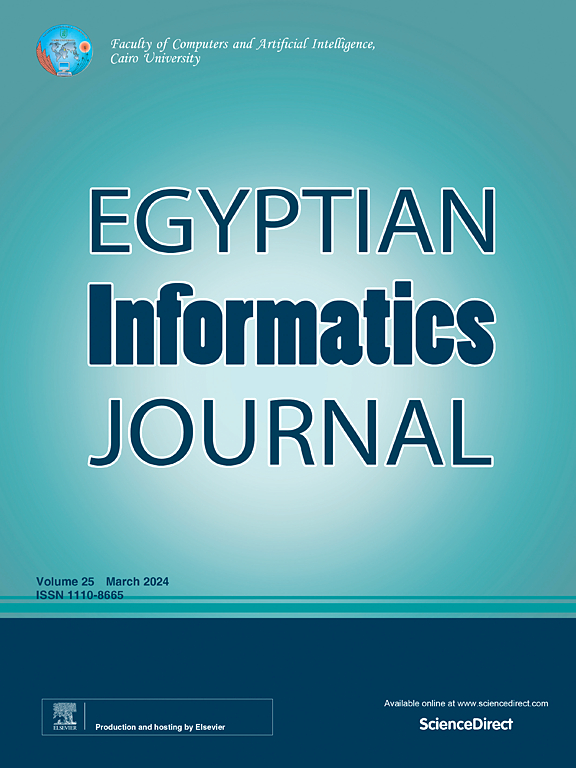通过具有互连卷积层的堆叠u-net架构增强医学图像分割
IF 4.3
3区 计算机科学
Q1 COMPUTER SCIENCE, ARTIFICIAL INTELLIGENCE
引用次数: 0
摘要
卷积神经网络(cnn)的有效集成,特别是以U-Net架构为例,在医学图像分割方面取得了显着进步。在各种方法中,U-Net在复杂的医学图像分割任务中表现出无与伦比的熟练程度,特别是当训练和测试数据同质地来自同一源域时。在这方面,我们的研究通过设计一种新颖的堆叠U-Net架构引入了一个开创性的范例。我们的创新模型通过战略性地连接两个U-Net实例,扩展了传统U-Net设计。尽管将多个模型组合在一起是很强大的,但它也带来了模型参数变大的问题,这使得它们更容易过拟合或欠拟合,因为信息在反向传播过程中不能轻易地通过各层。为了消除这种困境,我们利用卷积层之间的直接互连机制。为了确定我们提出的模型的鲁棒性和优越性,我们采用了三组不同的医学图像数据集进行综合评估。值得注意的是,将传统的U-Net、Res-U-Net和Inception-U-Net与先进的U-Net架构进行了比较。比较清楚地表明,我们提出的架构在所有数据集上都具有优越的分割性能。总之,我们的工作通过提出推进医学图像分割范式的有效途径来增强科学话语。本文章由计算机程序翻译,如有差异,请以英文原文为准。
Enhancing medical image segmentation through stacked u-net architectures with interconnected convolution layers
The effective integration of convolutional neural networks (CNNs), particularly as exemplified by the U-Net architecture, has led to notable advancements in medical image segmentation. Among various methodologies, the U-Net has demonstrated unparalleled proficiency across intricate medical image segmentation tasks, particularly when training and testing data emerge homogeneously from the same source domain. In this vein, our research introduces a pioneering paradigm by devising a novel stacked U-Net architecture. Our innovative model extends the conventional U-Net design through the strategic concatenation of two U-Net instances. Even though putting together multiple models is powerful, it comes with the problem of model parameters getting bigger, which makes them more likely to overfit or underfit because information can not get through the layers as easily during backpropagation. To counteract this quandary, we harness a mechanism of direct interconnections between the convolutional layer. To ascertain the robustness and supremacy of our proposed model, a trifecta of distinct medical image datasets is enlisted for comprehensive evaluation. Notably, a comparison of the conventional U-Net, Res-U-Net, and Inception-U-Net with cutting-edge U-Net architectures is made. The comparison clearly shows that our proposed architecture achieves superior segmentation performance across all datasets. In summation, our work augments the scientific discourse by presenting a potent avenue for advancing medical image segmentation paradigms.
求助全文
通过发布文献求助,成功后即可免费获取论文全文。
去求助
来源期刊

Egyptian Informatics Journal
Decision Sciences-Management Science and Operations Research
CiteScore
11.10
自引率
1.90%
发文量
59
审稿时长
110 days
期刊介绍:
The Egyptian Informatics Journal is published by the Faculty of Computers and Artificial Intelligence, Cairo University. This Journal provides a forum for the state-of-the-art research and development in the fields of computing, including computer sciences, information technologies, information systems, operations research and decision support. Innovative and not-previously-published work in subjects covered by the Journal is encouraged to be submitted, whether from academic, research or commercial sources.
 求助内容:
求助内容: 应助结果提醒方式:
应助结果提醒方式:


